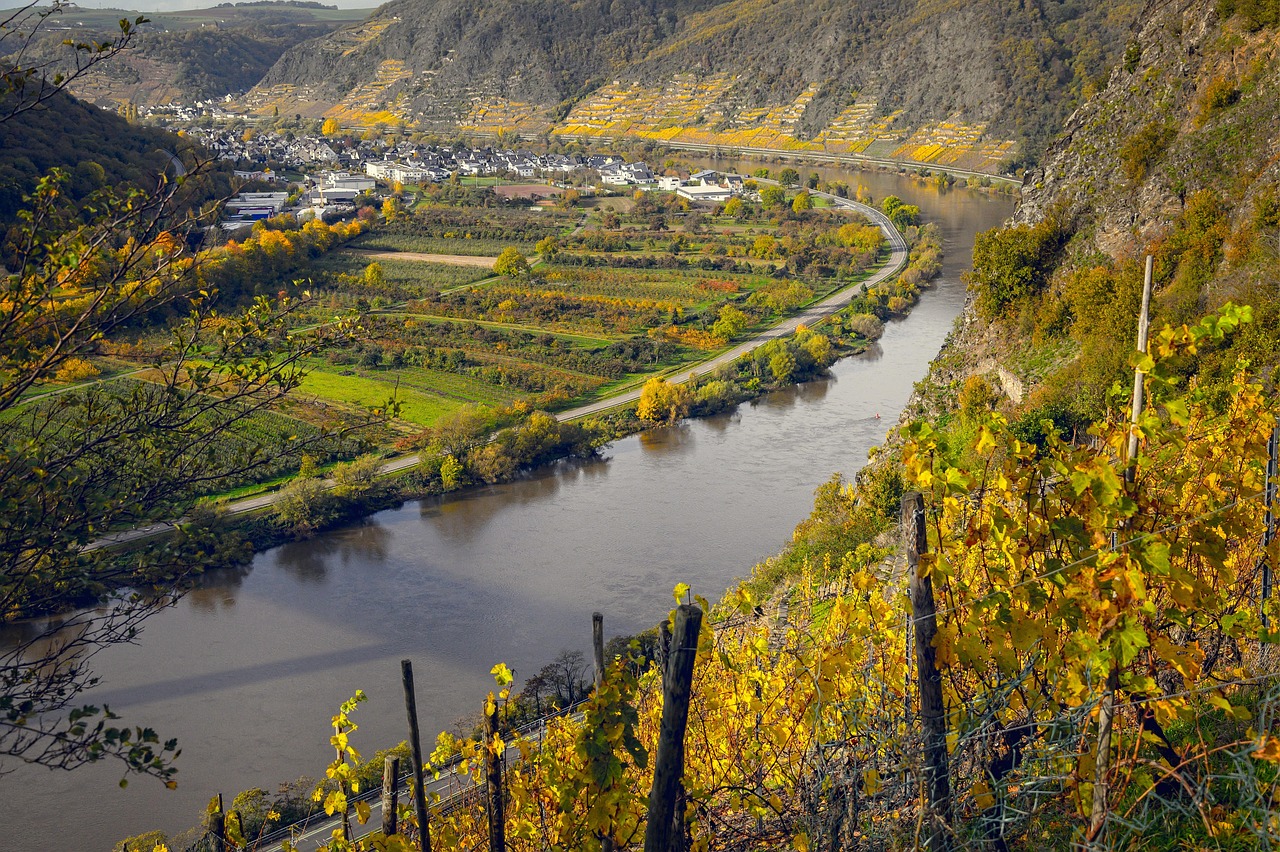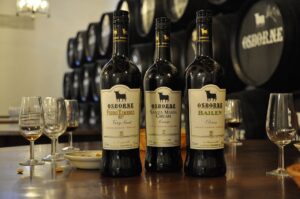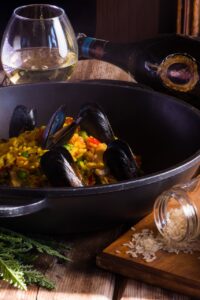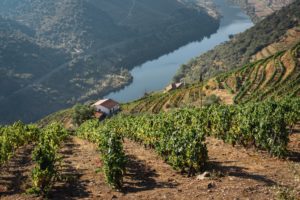Germany is renowned for its high-quality wines, especially its world-famous Riesling. With a winemaking tradition dating back over 2,000 years, Germany’s wine regions offer a diverse range of flavors, from crisp whites to rich reds. This guide explores Germany’s top wine regions and the unique wines they produce.
Germany’s Top Wine Regions
1. Mosel – The Heart of German Riesling
The Mosel region is Germany’s most famous wine area, known for its steep vineyards and mineral-rich soils. The Riesling wines from Mosel are often light, aromatic, and balanced with a crisp acidity. These wines typically have notes of citrus, green apple, and floral aromas, making them ideal for seafood and spicy dishes.
2. Rheingau – Elegant and Balanced Wines
The Rheingau region is home to some of Germany’s finest Rieslings. The wines here are slightly fuller-bodied than those from Mosel, offering flavors of peach, apricot, and honey. The region also produces high-quality Spätburgunder (Pinot Noir), known for its smooth texture and delicate red fruit flavors.
3. Pfalz – Germany’s Warmest Wine Region
Located near the French border, Pfalz enjoys a mild climate, making it ideal for producing bold, fruit-forward wines. While Riesling is still popular, Pfalz is also known for Weißburgunder (Pinot Blanc), Grauburgunder (Pinot Gris), and Dornfelder, a deep-colored red wine with soft tannins. Pfalz wines are perfect for pairing with roasted meats and creamy dishes.
4. Baden – The Home of German Red Wines
Baden is Germany’s southernmost and warmest wine region, specializing in Spätburgunder (Pinot Noir). The red wines here are often silky, with cherry and spice notes, making them comparable to top-quality Burgundies. The region also produces rich Chardonnays and aromatic Müller-Thurgau.
5. Nahe – Diverse Terroir, Unique Wines
Nahe is a small but exciting region, offering wines with a mix of floral and mineral notes. The varying soil types result in Rieslings with vibrant acidity and great aging potential. Nahe wines are excellent with Asian cuisine and light appetizers.
6. Franken – The Land of Silvaner
Unlike other regions, Franken is famous for Silvaner, a white wine with earthy, herbal notes. It is often bottled in a unique Bocksbeutel (short, rounded bottle). Franken wines are dry and refreshing, making them great for pairing with German sausages and fish dishes.
Why German Wine?

Germany’s wine regions are unique because of their cool climate, diverse terroir, and traditional winemaking techniques. The focus on high acidity, freshness, and balance makes these wines perfect for food pairings and great for aging.
German wines offer a wide variety of flavors for every wine lover. Whether you enjoy crisp Rieslings, smooth Pinot Noirs, or unique Silvaners, Germany’s wine regions have something special to offer.






